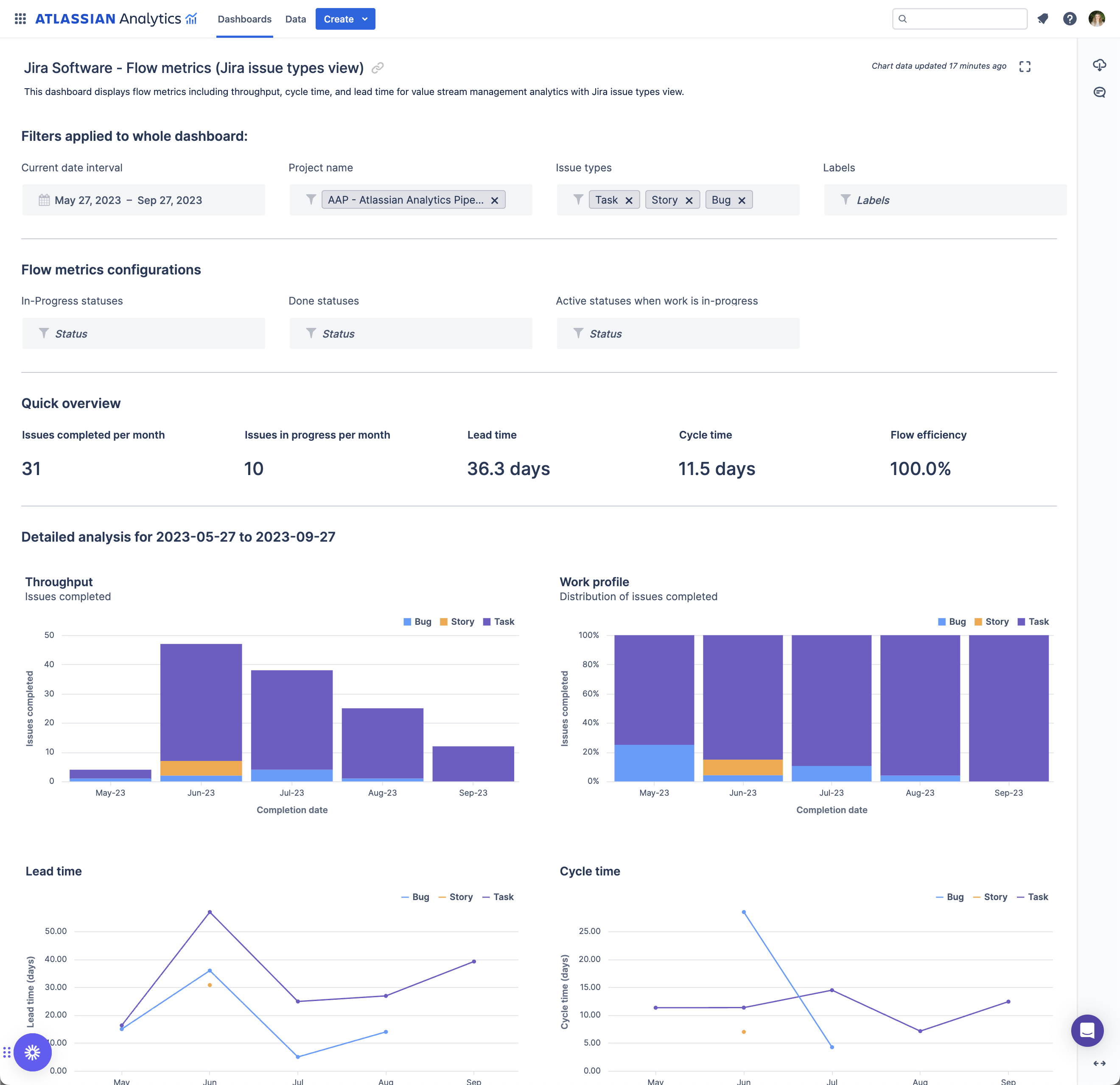While many organizations think they have value stream management, they are encountering roadblocks to gain the metrics they need from it, according to Laureen Knudsen, chief transformation officer at Broadcom in the talk “Maneuvering around VSM roadblocks” at {virtual} VSMcon 2022.
A recent study by Broadcom found that 88% of people say they are doing value stream management, but only 42% say they have anything defined as a value stream.
A lot of organizations today are focusing on how to eliminate the last few siloes in their organizations, how to get the visibility they’ve been promised their whole product lifecycle, and how to use data effectively and efficiently, according to Knudsen.
“This is a similar way to what I saw people roll out agility and DevOps in the past. And those are a lot of the same companies that I believe are leading to some of the stats, like 78% of digital transformations are failing,” Knudsen said. “And it’s because we’re really not understanding the fundamental changes we need to make or how to actually make those changes stick, especially with how the world has changed in the last few years.”
One of the first roadblocks is that people are still focused on outputs and tasks instead of the outcomes and the values of the objective that they’re trying to meet.
In traditional methods, organizations would develop strategies and plans that would result in a mound of work. Then they’d forget about the strategy and focus on checklists and spreadsheets across that mound of work, making sure 100% of it was completed without vetting whether the product or service would actually generate customer value, Knudsen explained.
“It’s about having everyone realigned around creating value for the customer or business. As you’re doing this, really watch out for vanity metrics. In a lot of processes that I’ve seen, there are people that will insert themselves as approvers over someone else’s work,” Knudsen said. “There can be people trying to insert themselves into a part of the process where they really don’t belong. And that’s where a lot of bottlenecks and waste come into effect within businesses.”
The final step is to always streamline whether that’s by talking to auditors, looking at regulations, and seeing if there’s any other way to meet a regulation that’s much more efficient with the tools and technologies that are available already.
Another thing is people trying to get plans precisely right which gets organizations to “a precisely wrong plan,” Knudsen explained. There are a lot of different studies done on estimation techniques and about the 2005- 2008 timeframe that showed that things like poker planning equated to estimates that were just as good as the two to three-month plans that were used in the past.
To learn more about how to overcome these roadblocks, watch Knudsen’s full talk from VSMcon.








